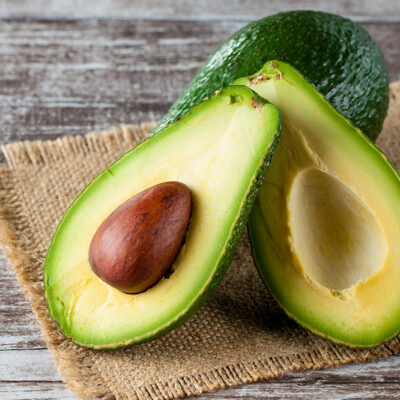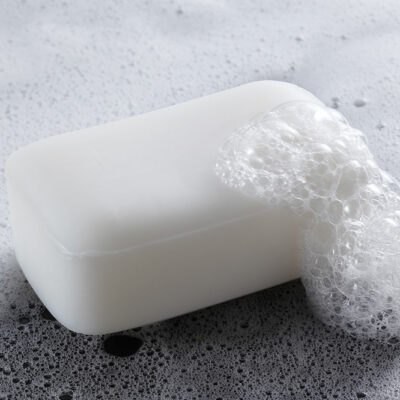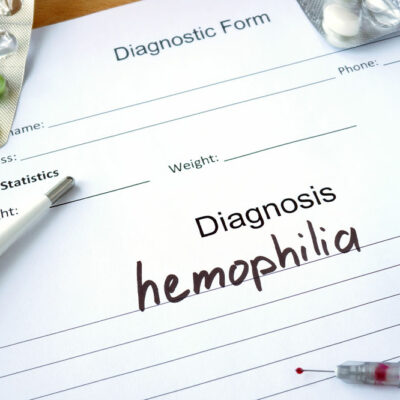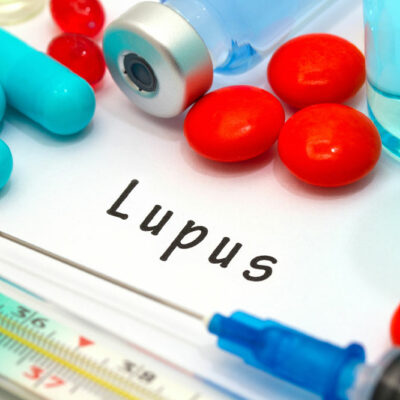
health
5 things to avoid doing before bedtime
You may go to your bed at the best hour to get restful sleep on your high-quality mattress from top brands, be it Tempur-Pedic, Saatva, Sleep Number, Serta, or Essentia, but still, you may toss and turn endlessly, unable to sleep. Wondering why? Well, you may have an unhealthy pre-bedtime routine that’s keeping you from a good night’s sleep. Here are five things you must avoid before getting into your mattress for better sleep: Using your phone Many people scroll on their phones while the lights are out and they’re cuddled under the covers. This keeps your mind alert and makes it challenging to nod off on time. Rather than reaching for your smartphone or laptop before bed, read a calming book to get a decent night’s rest. Eating an enormous, heavy dinner Devouring a whole pizza or several tacos may not be the smartest plan before hitting the bed. Our stomachs also need to rest while we rest. The process of digesting is additionally the most minimal around evening time, and a heavy dinner can cause inconveniences, like upset sleep. If you have bladder issues, drinking fluid is among the things to avoid before bed for at least five to six hours for better sleep.




















